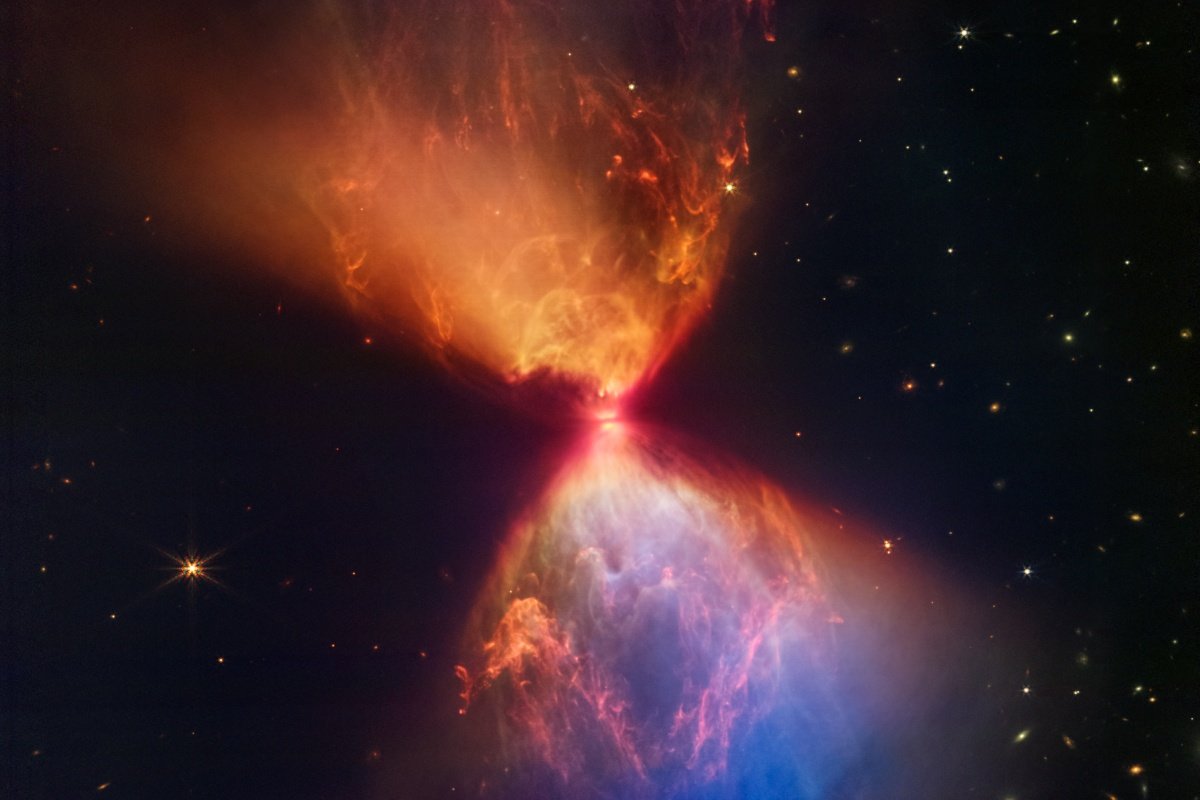*This text was written by a TecMundo columnist; finally learn more.
How is a star born? This is a question that astronomers and astronomers around the world are increasingly getting closer to answering.
For starters, stars are born from molecular clouds. In the universe, in galaxies, there are large cold clouds where atoms can come together to form molecules. With disturbances triggered near these clouds, such as shock waves from supernovae, these clouds begin to collapse. With the collapse, the material in the cloud begins to compress more and more and the temperature rises. When the density and temperature are sufficient, BOOM, a star is born.
A star, by definition, combines hydrogen atoms at its center and releases energy by forming helium atoms. Very high temperatures and densities are required for this fusion to be possible. The energy released from the fusion of atoms acts against the star’s own gravity, offsetting the initial collapse. But not all material in the main molecular cloud forms the star. In fact, most of this material is left behind either in or around the star in a flat disk.
It is possible to have double-sided super-energetic jets during starbirth and rearrangement of magnetic fields. When this jet comes into contact with the gas and dust of the interstellar medium around the star, it produces spectacular images like the latest released by the James Webb Space Telescope (JWST).
Meet the L1527 system, which is only 100,000 years old and is considered to be in the first stage of a star’s birth process. By comparison, our solar system is about 4 billion years old. What we see here are the results of the jets emitted by the stellar embryo. These jets encounter a dense environment around the star and as a result begin to dig up the dust.
The orange and blue colors we see in the image are data observed by James Webb in the infrared. The difference in colors is due to the different amounts of dust between light and observation. In other words, there is less dust in the blue regions, so light can pass through. On the other hand, when there is too much dust, light is absorbed and re-emitted at redder wavelengths, and we see them as orange in this image.
You can also spot incredible detail in the cavities themselves. By analyzing the dust distribution in the jets, we were able to see the different launch times and bubbles. We can also notice a dark band in the middle of the image. This dust lane is a disk of material about the size of our Solar System orbiting the star. Possibly, over time this matter will form planets equal to and different from the planets we see in our own system!
TecMundo columnist Camila de Sá Freitas holds a bachelor’s and a master’s degree in astronomy. She is currently a PhD student at the European Southern Observatory (Germany). The distinctive Galaxy Forensic Investigator explores the evolutionary scenarios of galaxies and possible changes in star formation. She is featured on social media as @astronomacamila.
Source: Tec Mundo
I am Bret Jackson, a professional journalist and author for Gadget Onus, where I specialize in writing about the gaming industry. With over 6 years of experience in my field, I have built up an extensive portfolio that ranges from reviews to interviews with top figures within the industry. My work has been featured on various news sites, providing readers with insightful analysis regarding the current state of gaming culture.













